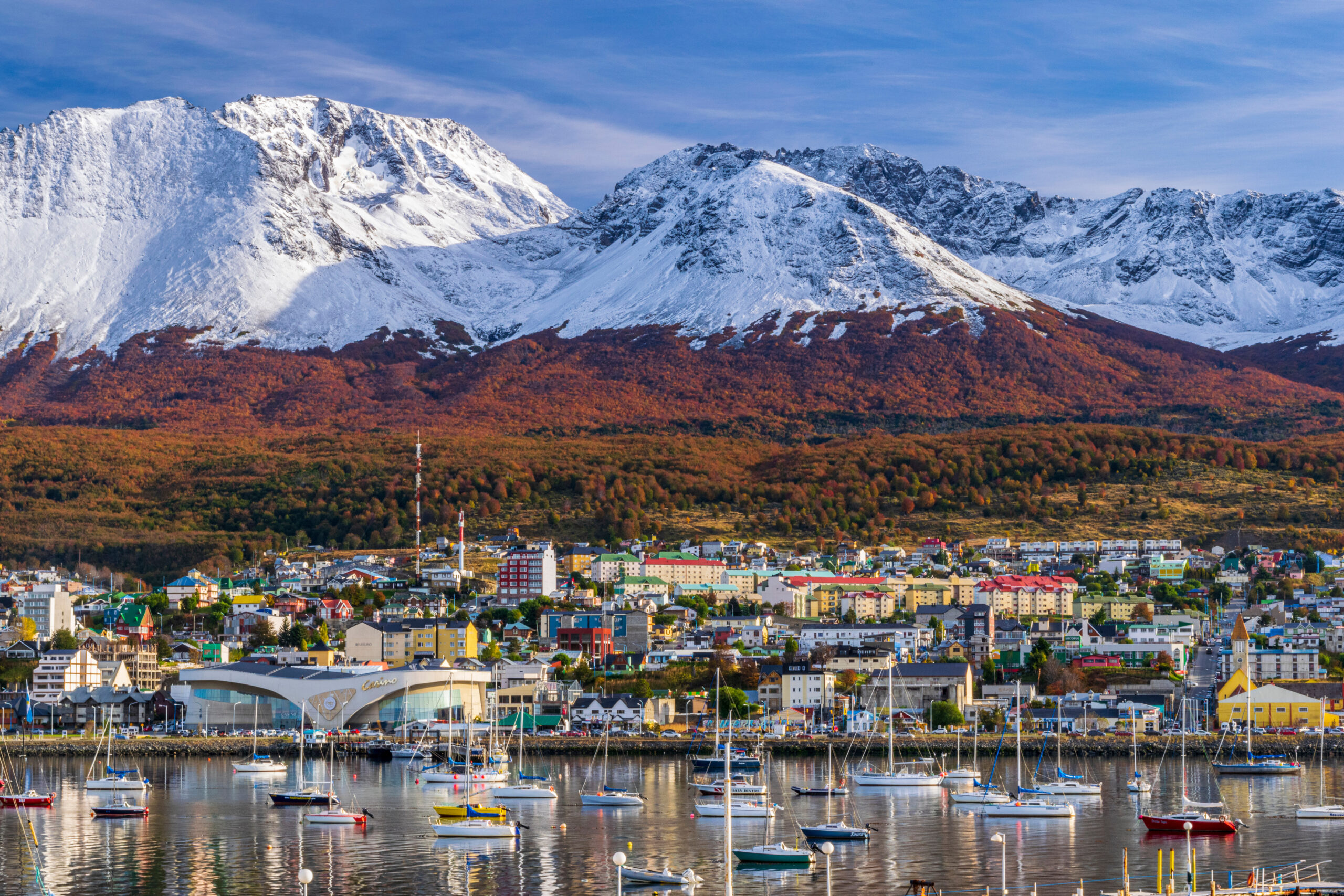Researchers point out the need to diversify the productive base of the Tierra del Fuego Free Zone.
An investigation carried out by Argentina’s Fundar study center estimated that the tax exemption regime in the Tierra del Fuego Free Zone currently has a fiscal cost of just over US $1 billion per year. This figure equals 0.22% of the country’s Gross Domestic Product (GDP). Because of this, the organization proposes to reorganize the Free Zone following a productive diversification plan to be developed during the period 2024-2035.
The work on this issue was directed by Tomás Bril Mascarenhas, director of Productive Policy at Fundar, and Juan Carlos Hallak, a researcher at the University of Buenos Aires and Conicet, Argentina’s National Scientific and Technical Research Council. They affirm that if the initiative materializes, it will result in savings for Argentina totaling US $5.9 billion over 11 years and US $900 million annually in subsequent years. However, the proposal received criticism from the electronics sector in the Free Zone, which maintains that the change in the productive structure of the Free Zone “is already in underway.”
Fundar proposes to reorganize the Tierra del Fuego Free Zone
Specialists maintain that the geopolitical objective of Law 19,640, the regulations that established the Tierra del Fuego Free Zone in 1972, of promoting population growth “has been more than fulfilled.” The island went from 13,000 inhabitants that year to 190,000 in 2022. “The free trade regime encouraged the establishment of new productive establishments and the expansion of private employment for the growing population.
The research conducted by Fundar includes a diagnosis and a proposal to reformulate the system, which has as its central point “to stop rewarding the turnover of companies and to start encouraging the addition of local value and exports.” The proposal refers to the series of tax and customs benefits established for the industry that is located in the Tierra del Fuego Free Zone. These include an exemption from payment of import duties, a tax credit for VAT on sales made, and the lowest rate of internal taxes for manufactured electronic products, among other incentives.
The work confirms that the industries located in the Tierra del Fuego Free Zone employ some 11,000 people. This number equals 30% of the total registered wage earners in Tierra del Fuego’s private sector. The electronics sector is the largest employer, generating some 8,500 jobs. Activities in the Tierra del Fuego Free Zone include printed circuit assembly, and the assembly and the final test of cell phones, televisions, and air conditioners. The Fundar study proposes the expansion of the productive base to promote new sectors such as tourism, the knowledge economy, energy, and petrochemicals, among others.
Long-term project for the Tierra del Fuego Free Zone
The proposed revision of the fiscal incentives program establishes a gradual implementation schedule between 2024 and 2035. These new rules stipulate removing all non-tariff restrictions and eliminating the internal tax gap between national and imported electronic products. It establishes a common rate of 6.55%, except for cell phones, for which it will be gradually reduced to 0%.
Then, between the second and the sixth year, the importation of inputs would gradually pay VAT, while between the seventh and eleventh year, it would pay the corresponding tariffs. According to the project, the value added in Argentina would continue without paying VAT and would also benefit from the effective protection provided by tariff escalation.
According to the estimates of the researchers, whose proposal they consider should go through the National Congress by 2035, the production of cell phones in the Tierra del Fuego Free Zone will have ceased entirely.
Regarding employment, they consider that 7,254 jobs would be lost during the 11 years of implementation. However, they would be compensated with a social protection and labor retraining program related to filling positions in the new production base. This initiative would have a fiscal cost to Argentina of between US $300 and US $500 million over the decade it will be implemented.
“The reorganization of the Tierra del Fuego Free Zone is projected to generate significant fiscal savings, both due to the gradual substitution of national production (which does not pay taxes) by imports (which do), as well as the taxes on imported inputs that the activity on the island would begin to pay.” This has been affirmed by Fundar. For this sum, “the accumulated tax savings would add up to approximately US $5.8 billion in the 11 years, plus the additional US $881 million each year starting in 2034. “(This represents 82.4% of the current fiscal cost of the regime) . “
The vision of electronics in the Tierra del Fuego Free Zone
The Association of Argentine Terminal Electronics Factories ( Afarte ), which brings together the leading consumer electronics manufacturers in the Free Zone, was critical of Fundar’s project. “The document raises the need to review the free trade regime to carry out a change in the province’s productive structure, which already exists.” Representatives of Afarte explained that “it is precisely what was reflected in the last extension of the free trade zone regime that was carried out in 2021 and that provided for the creation of the Fund for the Expansion of Tierra del Fuego’s Productive Matrix.”
“It is a fund to which companies are already contributing a percentage of their income and which is administered by the State,” assured representatives of Afarte. Said contribution, which they estimate at a total of US $100 million per year, “has two objectives: to finance the improvement of the competitiveness of the current industry in the Tierra del Fuego Free Zone (through infrastructure, logistics, and connectivity, etc.) and, on the other hand, the development of new productive ventures aimed at expanding the economy of Tierra del Fuego to include sectors such as the knowledge economy, tourism, energy, and others.”


